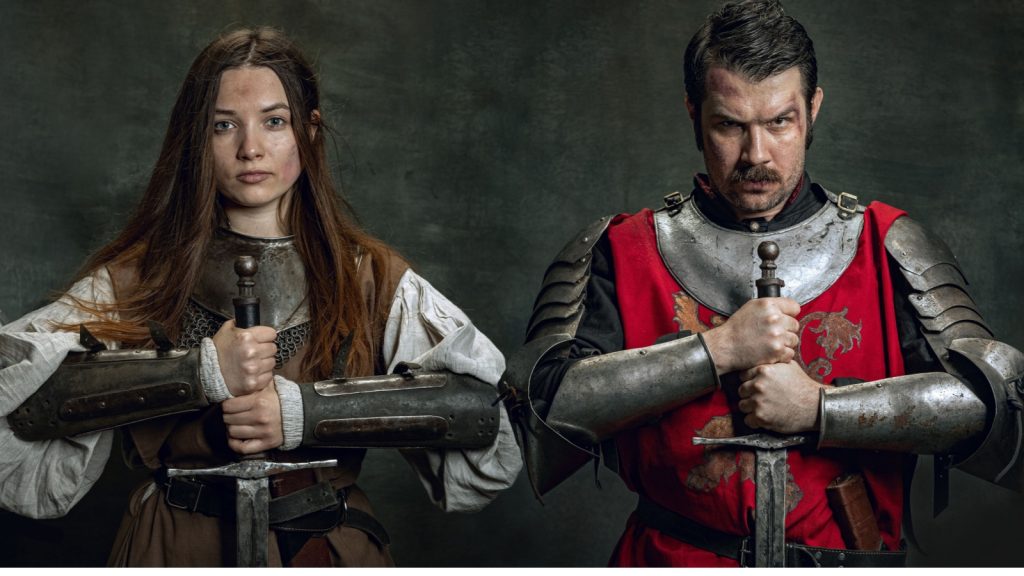Knights in shining armor, rescuing damsels in distress, and living by a strict code of chivalry – these are just a few of the popular images that come to mind when we think of medieval knights. However, many of these ideas are more myth than reality. Let’s explore 15 common myths about knights and uncover the truth behind these legendary warriors.
1. Knights Were Always Chivalrous and Honorable
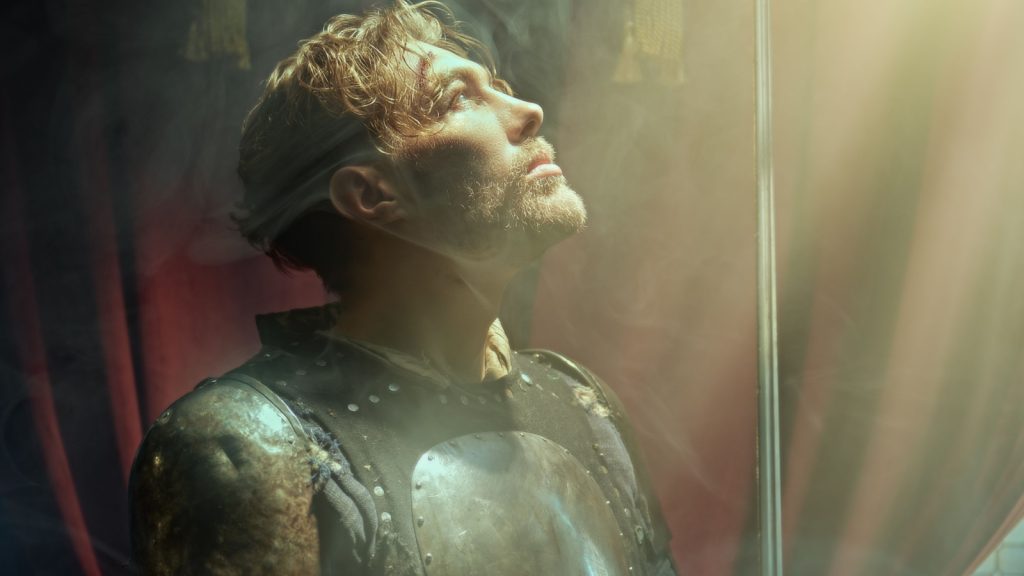
While the ideal of chivalry was an important part of knightly culture, not all knights lived up to these high standards. Some knights were known for their cruelty, greed, and lack of morality. The reality of knightly behavior was often far from the romanticized image we have today.
2. All Knights Were Members of the Nobility
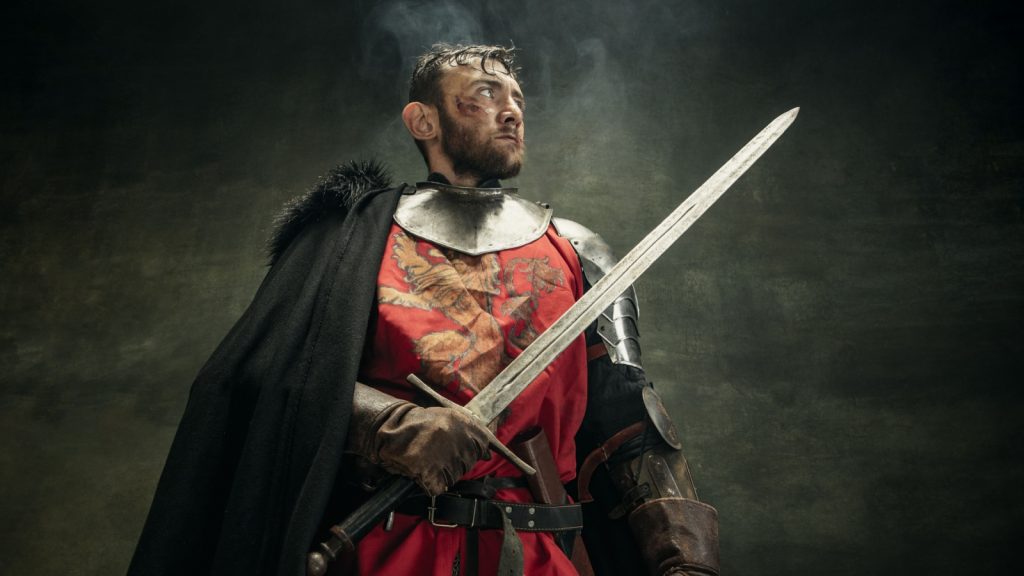
Although many knights were indeed from noble families, it was possible for commoners to become knights through exceptional military service or by purchasing the title. The idea that all knights were high-born nobles is a myth that has been perpetuated by popular culture.
3. Knights Always Wore Shining Armor
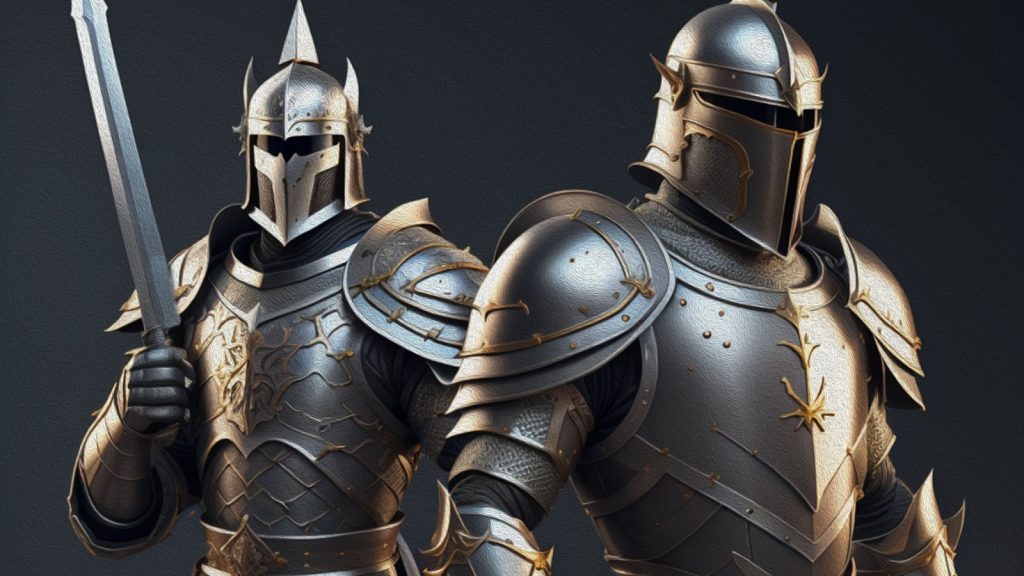
The iconic image of a knight in gleaming plate armor is actually a product of the Late Middle Ages. Earlier knights wore chain mail or leather armor, which was less elaborate and more practical for battle. The shining armor we often associate with knights was more commonly used in tournaments and ceremonies.
4. Knights Were Only Skilled in Combat
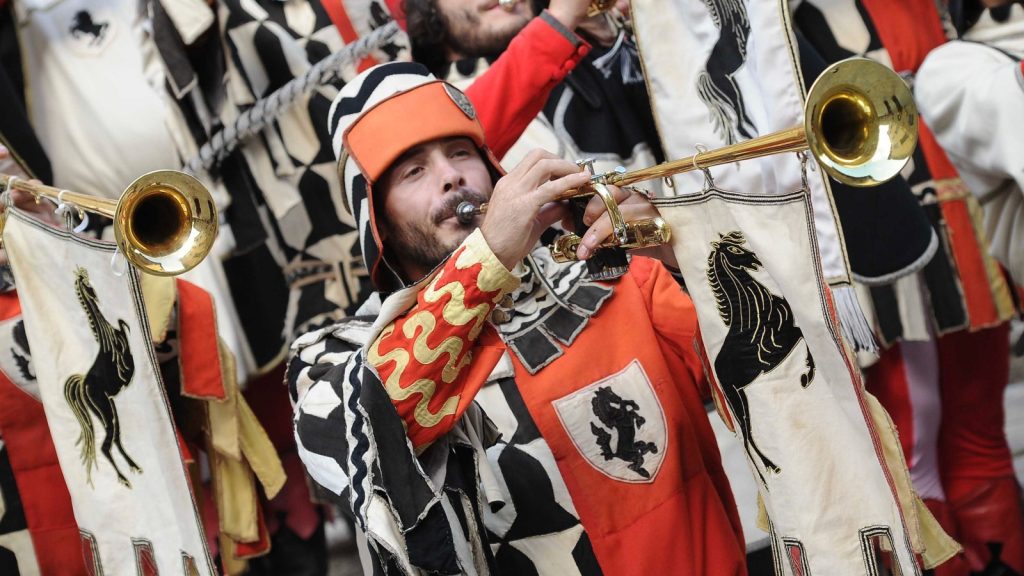
While combat was certainly a major part of a knight’s life, they were also expected to have other skills. Knights could be administrators, diplomats, or even poets and musicians. The idea that knights were one-dimensional warriors is a myth that ignores the complexity of medieval society.
5. Knights Were Always Loyal to Their Lords
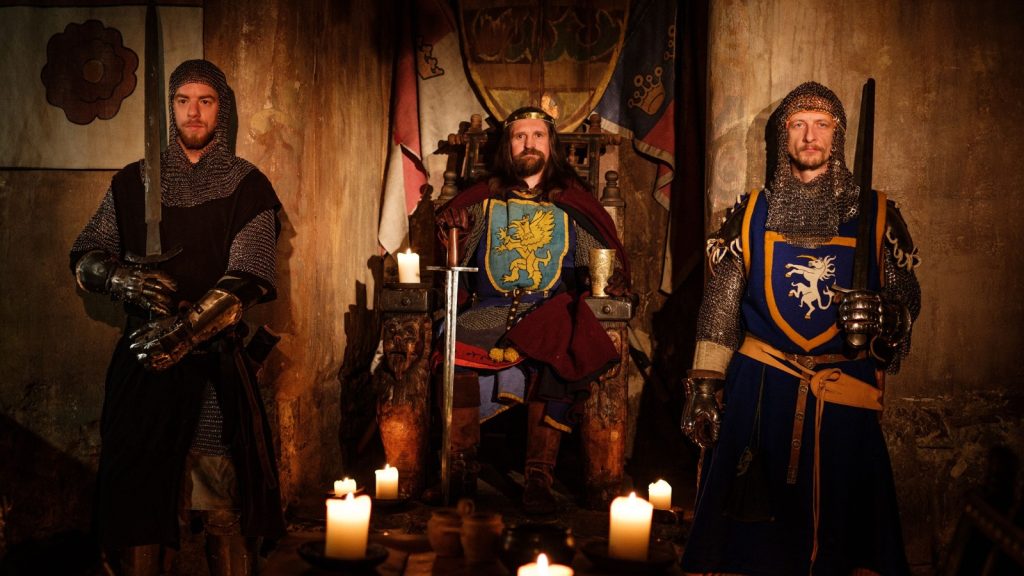
Despite the emphasis on loyalty in the chivalric code, knights were not always faithful to their lords. They could switch allegiances based on political or personal interests, leading to frequent conflicts and power struggles within the feudal system. The myth of unwavering loyalty among knights is not entirely accurate.
6. The Crusades Were a Noble Quest
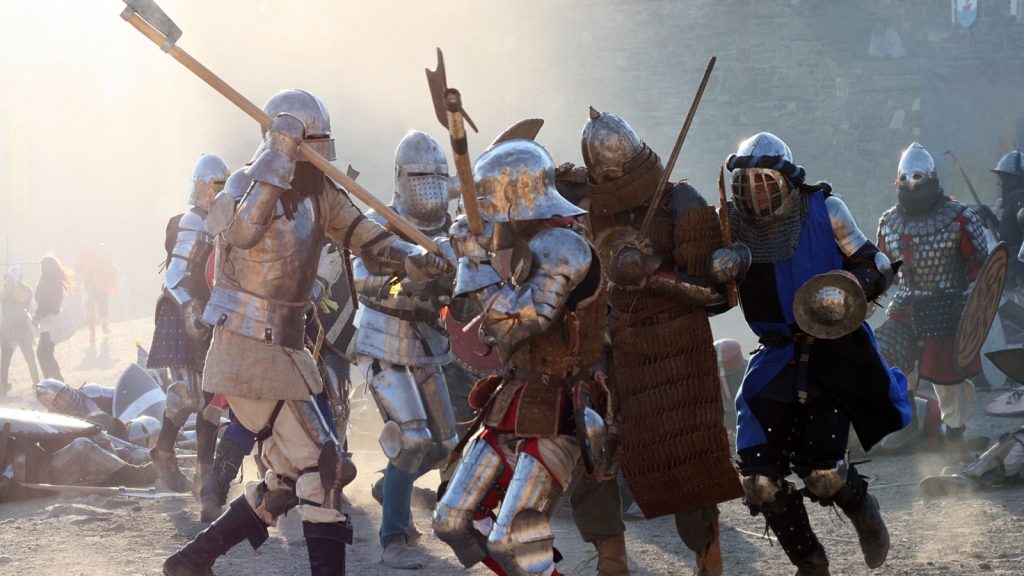
The Crusades, a series of religious wars in which many knights participated, are often portrayed as a noble quest to defend Christianity. However, the reality was much more complex. The Crusades were marked by violence, greed, and political maneuvering, and the actions of the crusaders were not always justifiable.
7. Knights Were Highly Educated
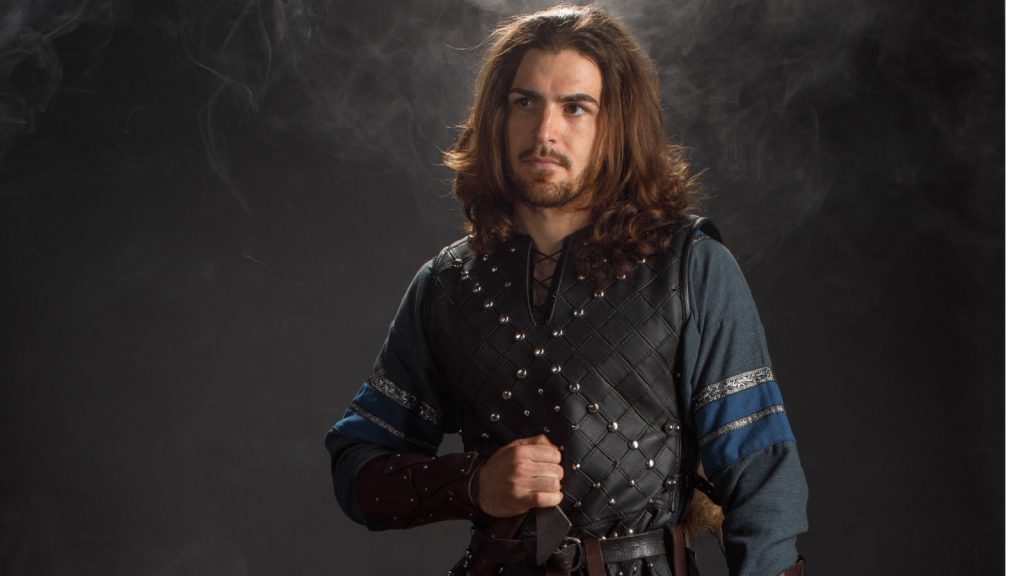
While some knights were indeed educated and cultured, many were actually illiterate. Education was primarily the domain of the clergy in medieval society, and knights were not required to have extensive academic knowledge. The myth of the highly educated knight is not entirely accurate.
8. Knighthood Was a Lifelong Title
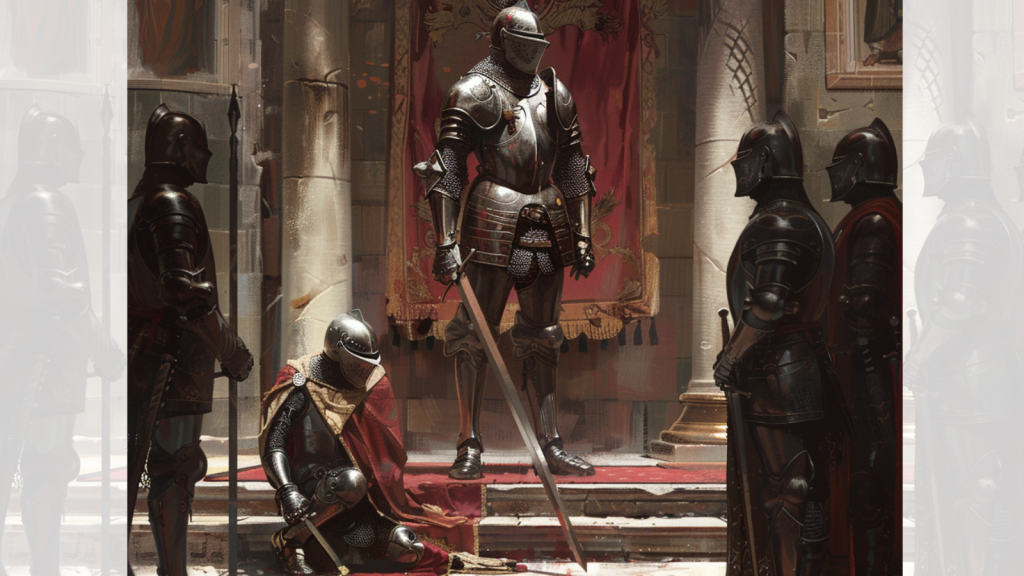
Contrary to popular belief, knighthood was not always a lifelong title. A knight could be stripped of his title through a ceremony called “degradation” if he committed a serious crime or violated the code of chivalry. This myth ignores the fact that knighthood came with responsibilities and could be lost if a knight failed to uphold them.
9. Knights Were Always Wealthy
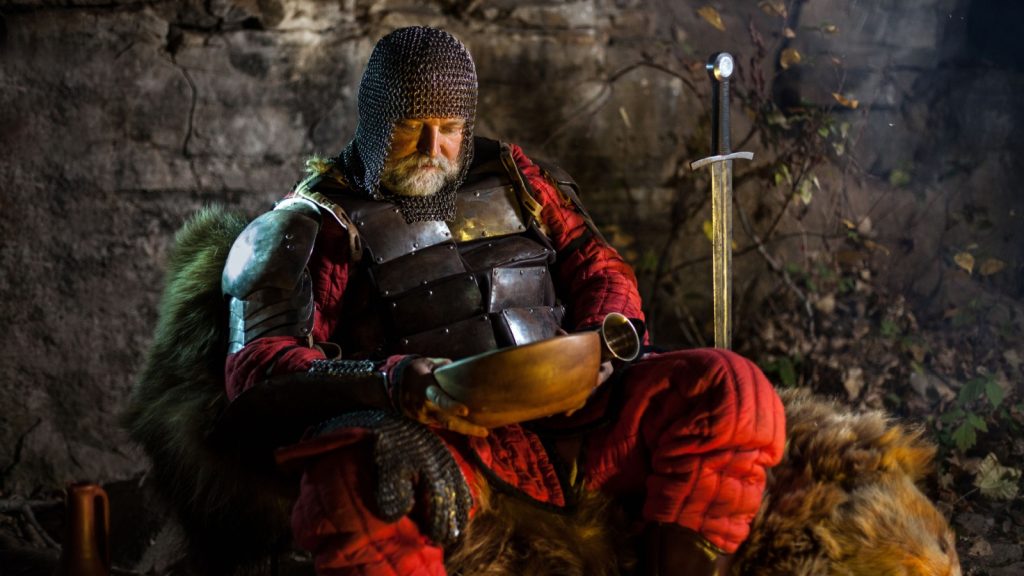
Although knights were often associated with wealth and land ownership, not all knights were incredibly wealthy. Many knights struggled with the high costs of maintaining their equipment and lifestyle, leading some to resort to looting or extortion. The financial reality for knights was often more complex than the myth suggests.
10. Knights Were the Most Important Soldiers in Medieval Warfare
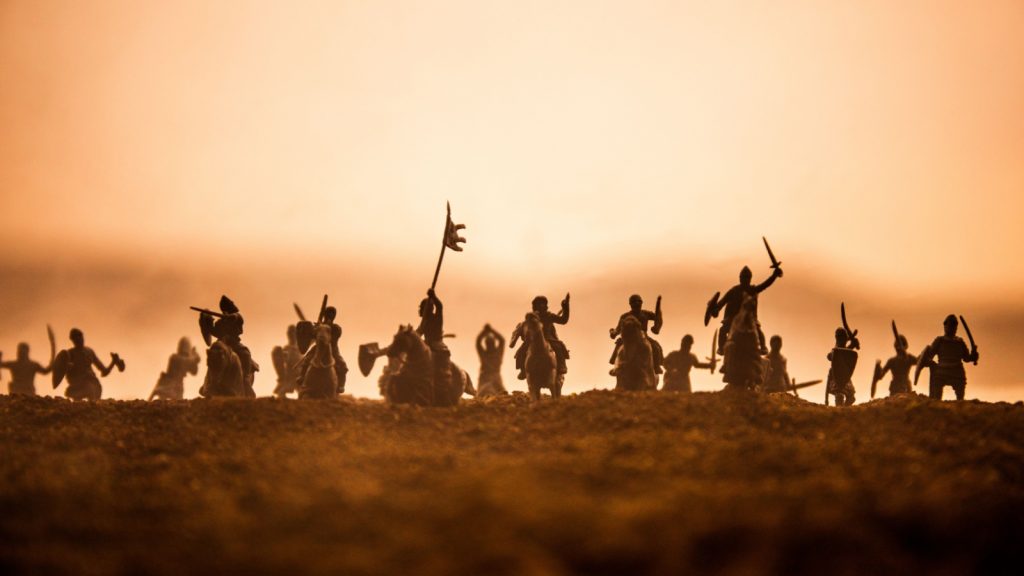
While knights played a significant role in medieval warfare, they were not the only important soldiers on the battlefield. Infantry and archers were also crucial to military success, and the myth of knight supremacy overlooks the contributions of these other soldiers.
11. Knights Were Always Male
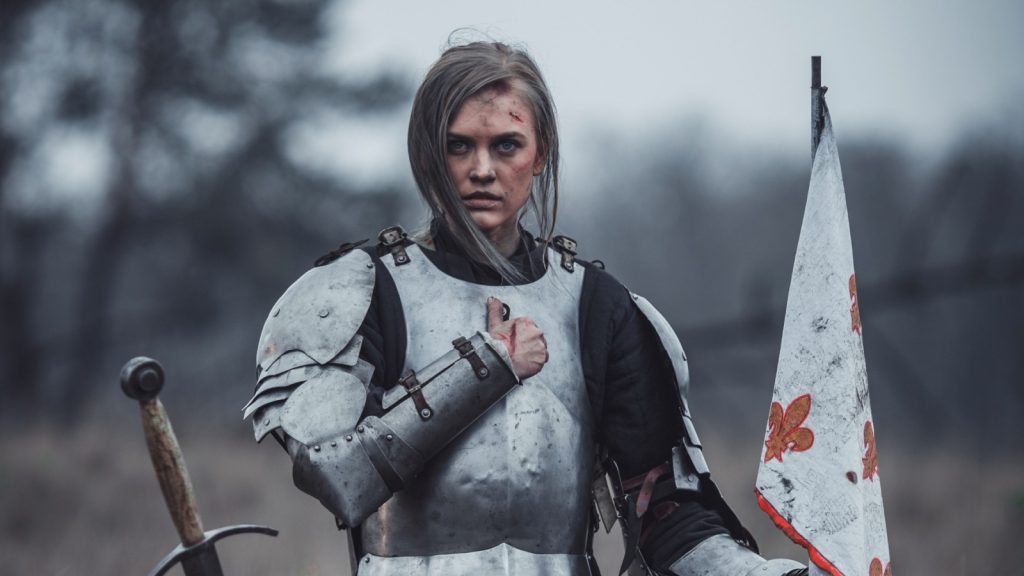
Although the vast majority of knights were indeed men, there were a few exceptions. Some women, such as Joan of Arc, were known to have participated in battle and earned knightly titles. The idea that knighthood was an exclusively male domain is a myth that ignores these rare but notable exceptions.
12. Knights Were Nearly Impossible to Defeat
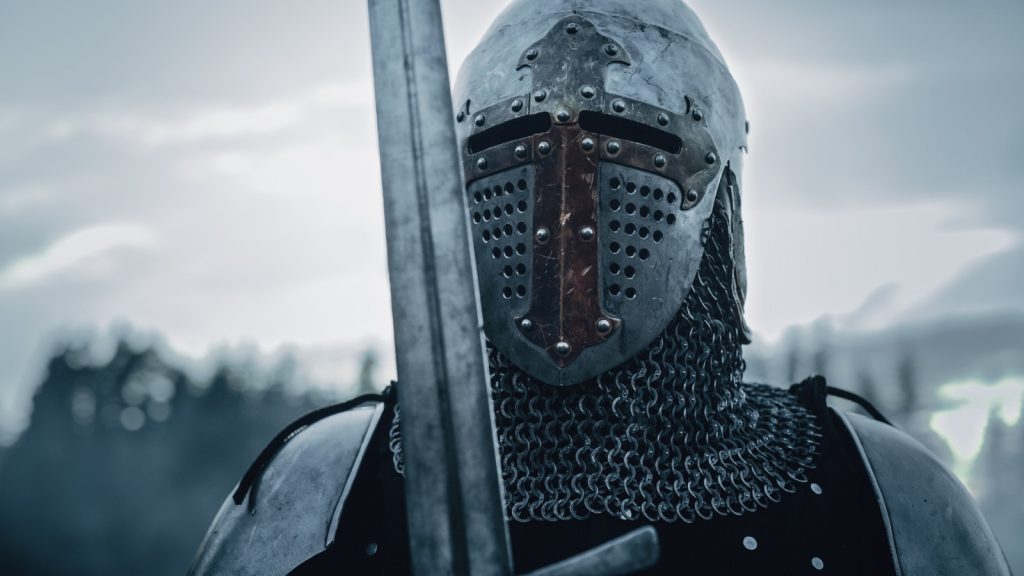
The myth of the invincible knight is a popular one, but it is not entirely accurate. While knights were indeed skilled warriors, they were not invulnerable. They could be killed or wounded in battle, and their heavy armor could sometimes work against them, hindering their movement and making them vulnerable to certain weapons like longbows or polearms.
13. Knights Were Only Found in Europe
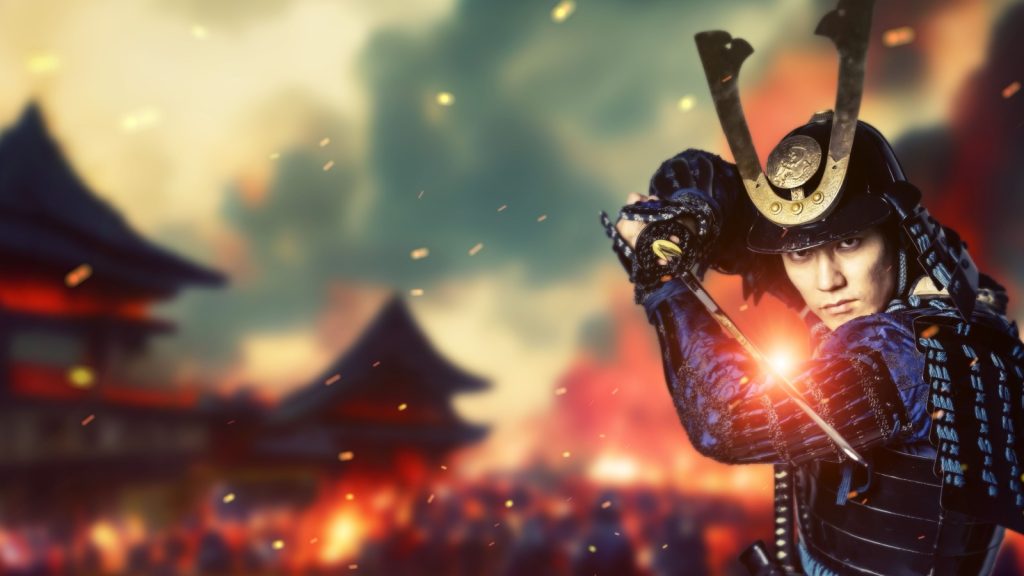
While the knight is often associated with European history, similar warrior classes existed in other parts of the world, such as the samurai in Japan or the janissaries in the Ottoman Empire. The idea that knights were a uniquely European phenomenon is a myth that ignores the global context of medieval warfare.
14. All Knights Lived in Castles
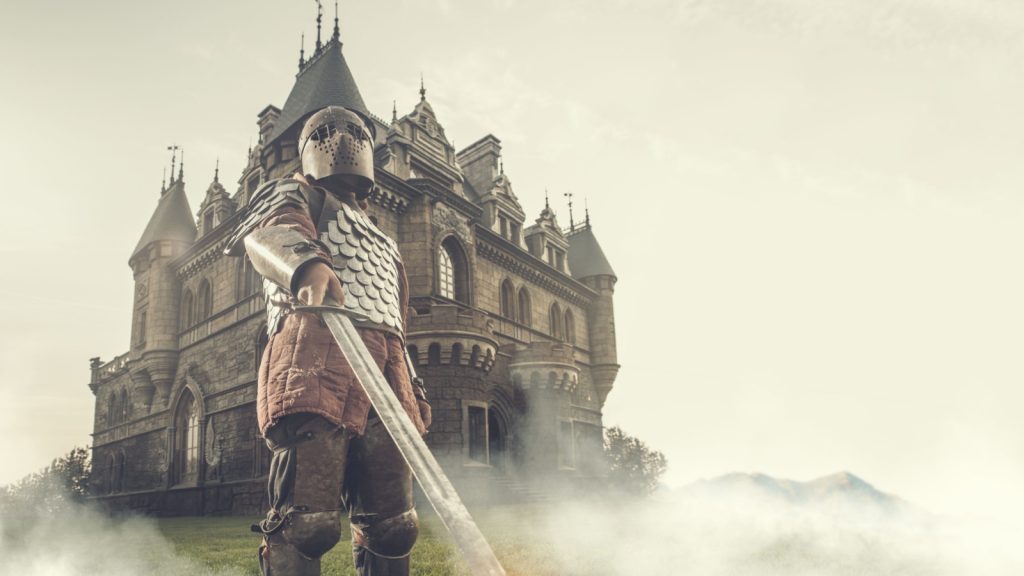
Although many knights did indeed live in castles, this was not true for all of them. Some knights lived in more modest manor houses or even in towns and cities. The myth of the castle-dwelling knight is a romantic image that doesn’t always reflect the varied living arrangements of medieval knights.
15. Knights Disappeared After the Middle Ages
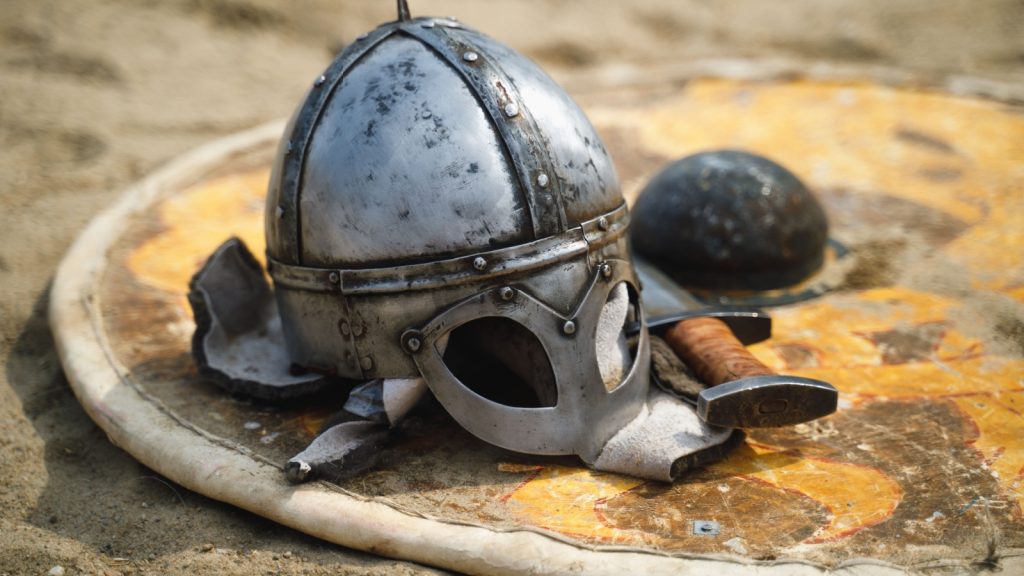
While the age of the armored knight did decline with the introduction of gunpowder weapons, knights did not disappear entirely. The title of knighthood continued to be used as a social and honorary rank long after the Middle Ages, and the ideals of chivalry and nobility associated with knighthood have endured in popular culture to this day.
Katy Willis is a writer, master herbalist, master gardener, and certified canine nutritionist who has been writing since 2002. She’s finds joy in learning new and interesting things, and finds history, science, and nature endlessly fascinating.
